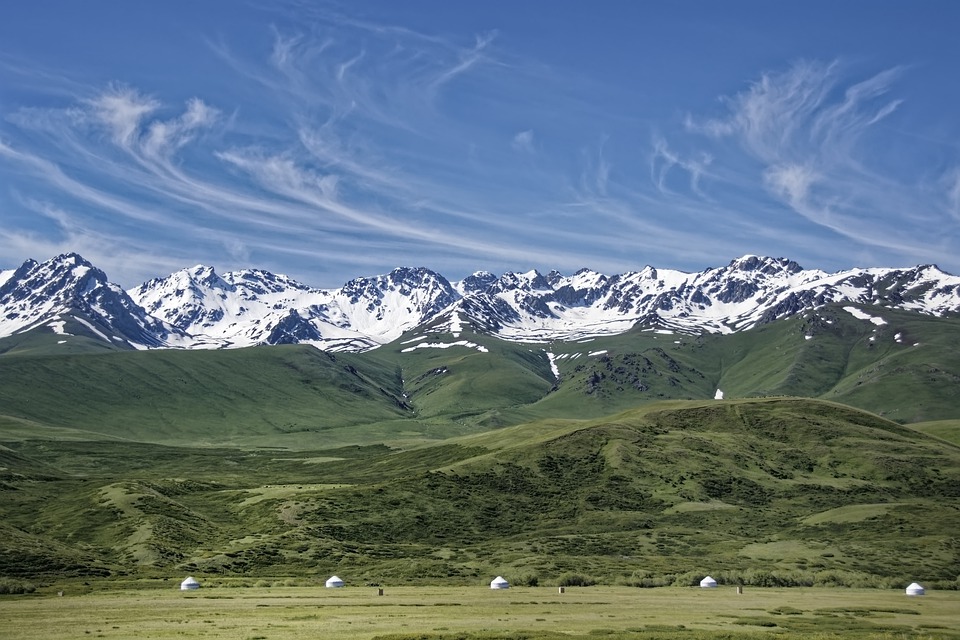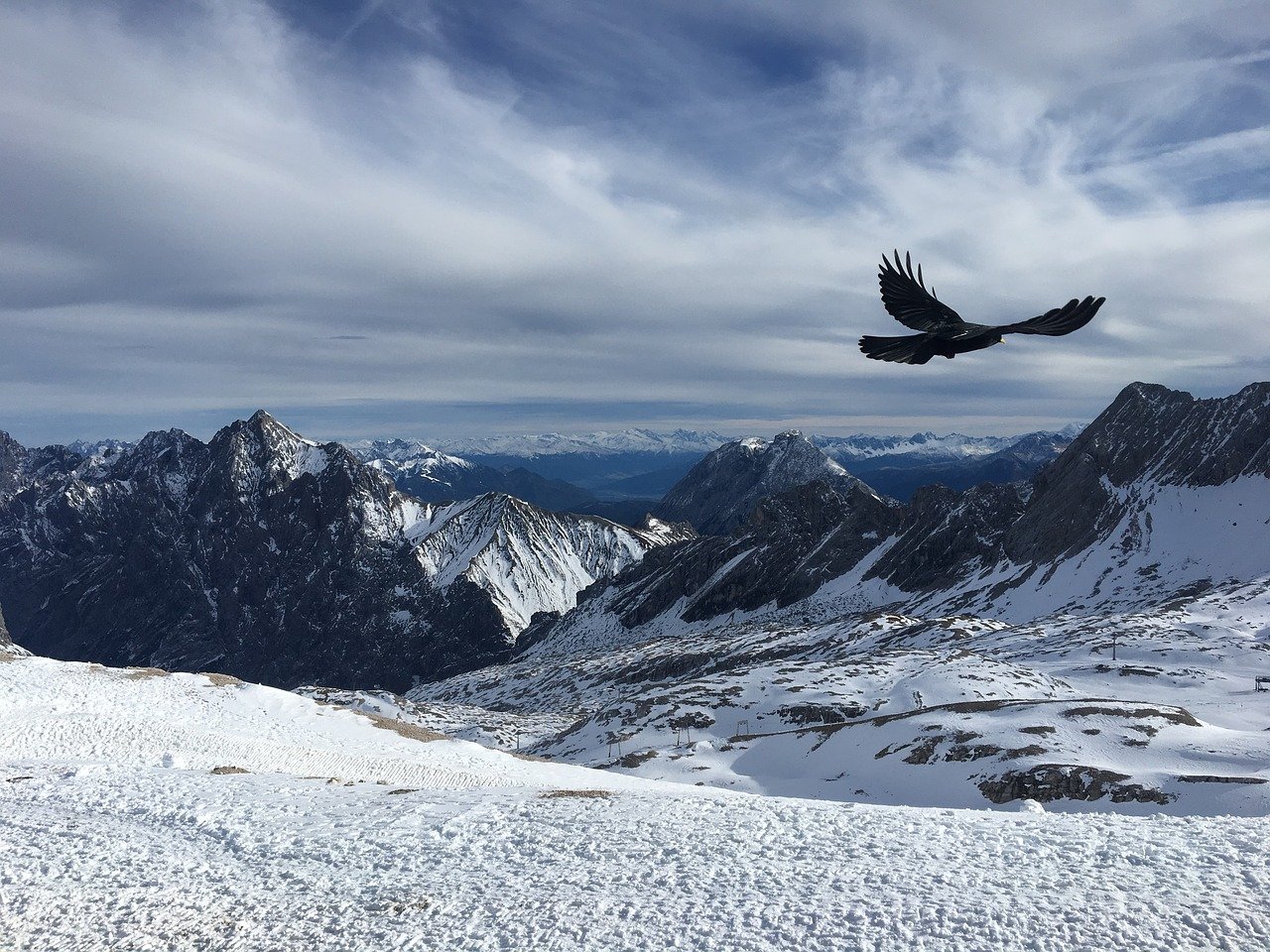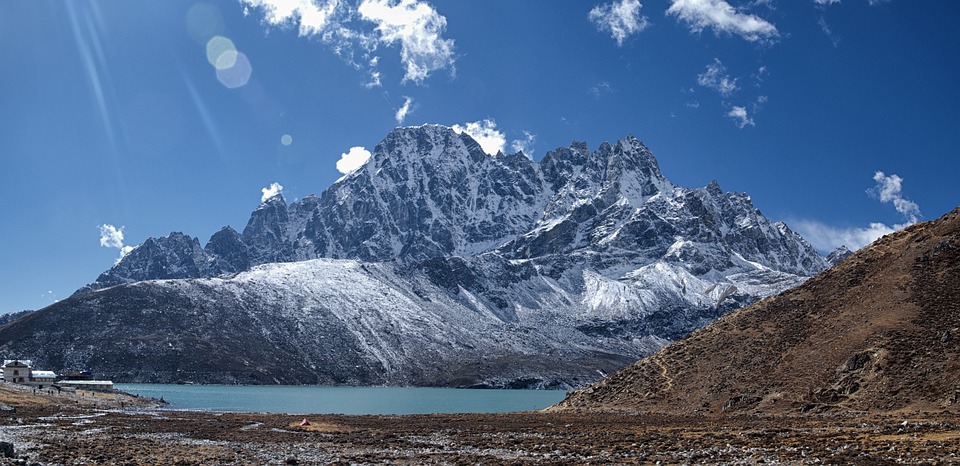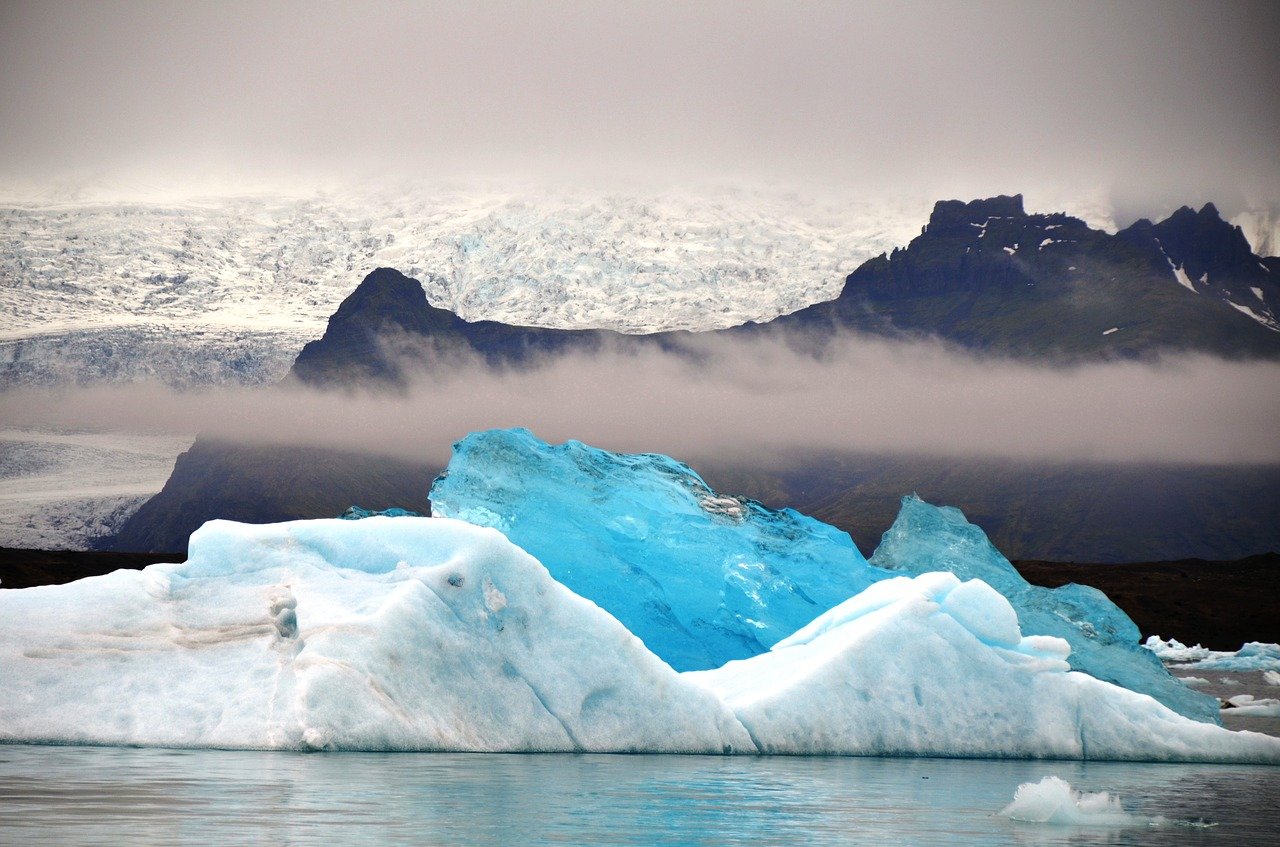News
- Details
- Category: Global News
Research published this month in BMC Ecology and Evolution explores the link between the size of white dead-nettle flowers and pollinator size and, using population genetic analysis, suggests that large flower size evolved independently in populations on different mountains in Japan as a convergent adaptation to locally abundant large bumblebee species.
The morphological compatibility between flowers and insects was given in the famous textbook example of Darwin's orchids and hawkmoths. As in this example, many studies have shown that geographical variations in flower size match the size of insects in each region. In other words, studies have shown 'flower-sized regional adaptation' in which large flowers evolve in areas pollinated by large insects and small flowers evolve in areas pollinated by small insects.
- Details
- Category: MRI News
The European Geophysical Union (EGU) General Assembly 2021 took place virtually from 19-30 April, 2021. GEO Mountains Scientific Project Officer James Thornton hosted a splinter meeting focused on mountain observations and presented recent progress toward defining Essential Mountain Climate Variables (EMCVs).
- Details
- Category: MRI News
A new brief prepared by GRID-Arendal and the UN Environment Programme, in collaboration with the Mountain Research Initiative and the Global Mountain Biodiversity Assessment, highlights assessment indicators considered important for safeguarding mountain biodiversity and ecosystem integrity in line with previous policy recommendations to elevate mountains in the Post-2020 Global Biodiversity Framework.
Effective indicators of mountain biodiversity and ecosystems status and trends are crucial for supporting the goals and targets of the Convention on Biological Diversity’s (CBD) Post-2020 Global Biodiversity Framework (GBF). Given the uniqueness of biodiversity in mountains, and the relevance of the ecosystem services they deliver for the wellbeing of people worldwide, the need to elevate mountains in the GBF was addressed by previous policy briefs presented at the first and second GBF Open-Ended Working Group meetings.
- Details
- Category: MRI News
The European Geophysical Union (EGU) General Assembly 2021 took place virtually April 19-30. MRI Executive Director Carolina Adler, co-PI Christian Huggel, and Scientific Project Officer Gabrielle Vance convened the session 'Risks From a Changing Cryosphere, and Mountains Under Global Change' with Matthew Westoby and Michael Krautblatter.
Representing GEO Mountains, MRI Scientific Project Officer James Thornton hosted a dedicated splinter meeting, 'Interdisciplinary Environmental and Socio-Economic Observations in the World’s Mountains: Identifying Solutions to Key Challenges,' and presented recent progress 'Towards a definition of Essential Mountain Climate Variables.' Read more about GEO Mountains at EGU 2021 here.
- Details
- Category: Global News
The International Science Council invites comments on the Scientific and Technological Community Major Group position paper for the 2021 High-level Political Forum on Sustainable Development. We encourage the mountain research community to add a mountains perspective to this important document. Deadline 6 May 2021.
The International Science Council, together with the World Federation of Engineering Organizations (WFEO), leads the UN Major Group for Science and Technological Community (STC MG) for the Sustainable Development Goals (SDGs). Its mandate is to promote science and to strengthen the scientific basis of decision-making and governance of sustainable development.
- Details
- Category: Global News
An international research team including scientists from ETH Zurich has shown that almost all the world’s glaciers are becoming thinner and losing mass’ and that these changes are picking up pace. The team’s analysis is the most comprehensive and accurate of its kind to date.
Glaciers are a sensitive indicator of climate change – and one that can be easily observed. Regardless of altitude or latitude, glaciers have been melting at a high rate since the mid-20th century. Until now, however, the full extent of ice loss has only been partially measured and understood. Now an international research team led by ETH Zurich and the University of Toulouse has authored a comprehensive study on global glacier retreat, which was published online in Nature on 28 April. This is the first study to include all the world’s glaciers – around 220,000 in total – excluding the Greenland and Antarctic ice sheets. The study’s spatial and temporal resolution is unprecedented – and shows how rapidly glaciers have lost thickness and mass over the past two decades.
- Details
- Category: Global News
The Mountain Partnership calls for active participation in the process leading to the UN Food Systems Summit (UNFSS) 2021 in order to highlighting sustainable food systems in mountains.
Mountain agriculture and food production sustain the livelihoods of 1.1 billion people living in the mountains and those of a much larger number of people in the lowlands that depend on healthy mountain ecosystems for freshwater and for the conservation of key plant and animal biological diversity. Worldwide, more than 80 percent of all food is produced by small-scale farmers. Small-scale farmers and pastoralists are predominant in mountain regions, where generally harsh weather and limiting topographical conditions prevail. Progress towards sustainable food systems cannot happen without improving the situation of small-scale mountain farmers worldwide.
- Details
- Category: MRI Anniversary Lecture














